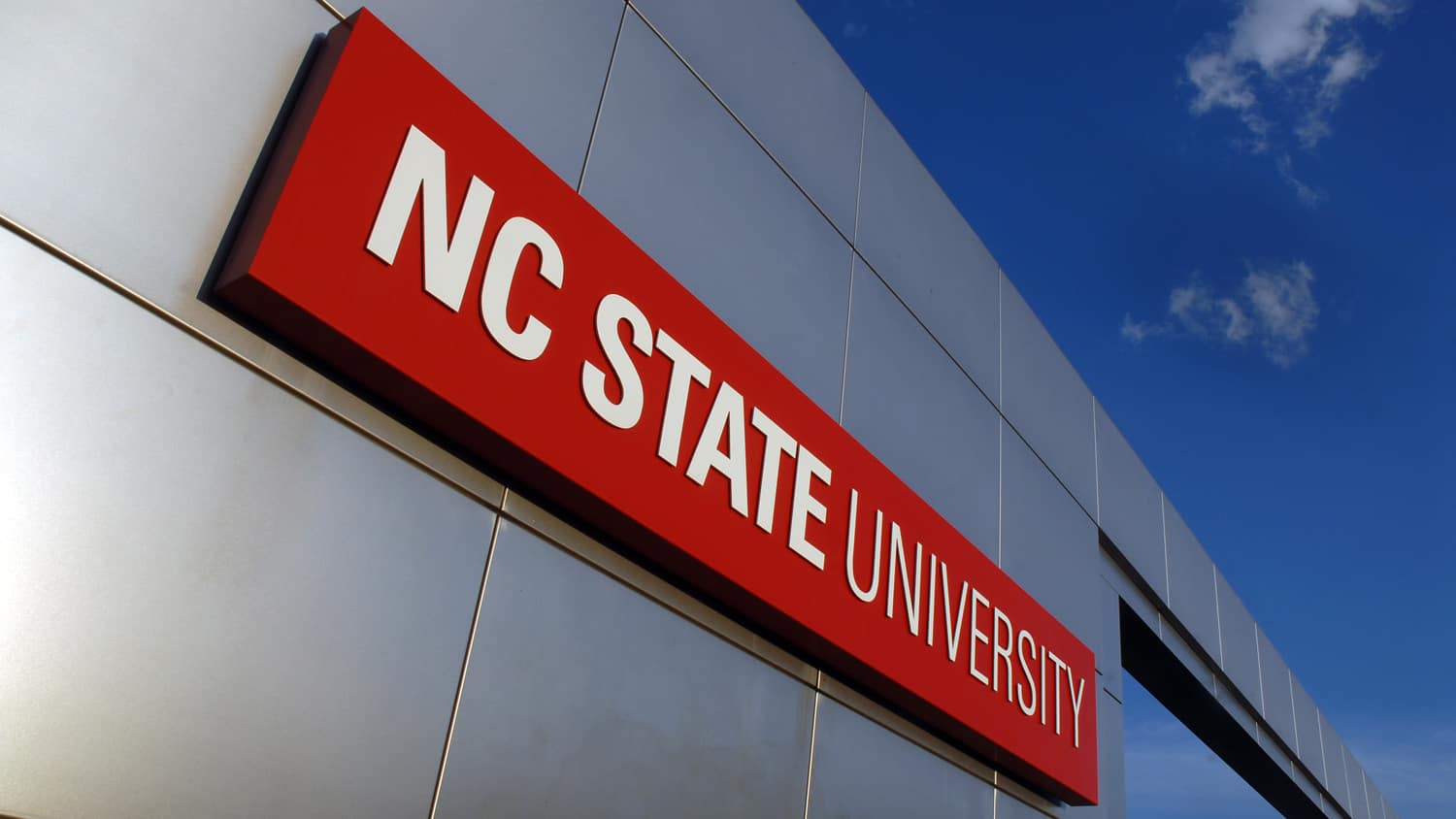Using Economic Theory to Address Funding Scarcity: A Q&A With Kevin Gross

Kevin Gross is a statistics professor at NC State and co-author of a paper proposing a more efficient way to fund scientific research that appears this week in PLOS Biology. He spoke with the Abstract about problems with the current model for research funding, and how the ‘theory of contests’ might alleviate some of those issues.
The Abstract (TA): How did you get involved in this project?
Gross: Research funding is never far from anyone’s mind in science these days – whether that means managing the funds you may be lucky enough to have, or putting together a team and a plan to seek funds. I would venture to say that most scientists who seek funding eventually become disillusioned with how much time and resources are wasted in the process of determining who gets funded and who doesn’t. There’s a lot of frustration in the scientific community with the wastefulness of the current system.
Other researchers proposed a partial lottery for funding a few years ago, and it’s an idea that seems to be gaining steam. Yet most of the arguments in favor of a partial lottery focus on other aspects of the grant-awarding system. For example, a lottery could reduce demographic bias, and also hedge against the inevitable uncertainty in trying to forecast which projects will ultimately yield the most exciting discoveries. In addition to those selling points, Carl Bergstrom, my collaborator, and I thought it would be interesting to ask whether lotteries could even help funding agencies get more scientific bang for their buck by reducing some of the waste associated with the proposal process. When we began the study, it wasn’t clear (to us, at least) whether partial lotteries would be more efficient than the current system, or not. So it was exciting to work on a project where we didn’t have much intuition about where the results would lead us.
TA: What’s wrong with the current model of research funding?
Gross: The root of the problem is twofold – first, there are many more investigators with funding-worthy ideas than there are funding awards to go around, and second, the prevailing model is based on writing and evaluating proposals for future science. The current model of research funding was developed in an era when a much, much larger fraction of proposals was awarded funding. In that era, the model worked well, because investigators with funding-worthy ideas could demonstrate the value of their idea without spending an exorbitant amount of time writing a proposal. More recently, though, the number of investigators competing for awards has skyrocketed, but the number of awards available hasn’t kept pace. Now it isn’t enough for an investigator to demonstrate that she has a good idea, but she also has to demonstrate that her idea is better than her competing colleagues’ good ideas (who are themselves trying to demonstrate that their ideas are better). This unleashes a vicious cycle that causes everyone to pour more effort into writing proposals, which reduces everyone’s time to do science. All the while, the total scientific activity that the funding program supports stays unchanged.
TA: In your paper you use the theory of contests to show why the current research funding model is flawed. What is the theory of contests?
Gross: Contest theory is a branch of economics that studies how individuals or organizations can spur innovation by offering one or several prizes. There are lots of examples of this sort of idea in engineering and technology sectors. One of the best known examples is the Netflix prize from 2009, in which Netflix ran a contest with a $1 million grand prize in order to generate ideas that would improve predictions of movie preferences.
In contexts such as the Netflix prize, contest theory focuses on how the contest should be organized to elicit the maximum amount of effort from the participants. In the context of grant funding, however, the organizer’s objective is to identify the most promising research ideas while minimizing the amount of time and resources that investigators spend writing grant proposals. The organizer of a funding program wants to minimize aggregate proposal-writing effort, because time spent writing proposals takes away from time doing science, which runs counter to the agency’s objective of advancing science in the first place. So it struck us that the whole notion of running a proposal contest to identify the most promising science to fund was a bit strange when viewed in the light of contest theory, and thus might be inefficient under some circumstances. As it turns out, contest theory predicts that proposal-writing contests will be inefficient under the circumstances that prevail today.
TA: How would applying this theory to research funding help solve the issue of scarcity?
Gross: Contest theory doesn’t really solve the problem of funding scarcity as much as it identifies alternative ways to distribute taxpayers’ dollars more efficiently. The key is to focus on the net science that the funding program supports; that is, the difference between the science that the funding agency underwrites, minus the cost of the time that investigators waste applying for those funds. The key prediction from our model is that the act of identifying a handful of the most promising ideas from a much larger pool of good ones requires so much investigator time that much of the scientific benefit of the funding program is dissipated. Instead, tolerating a bit of randomness in the award process will result in slightly less promising science being funded, but that loss will be more than offset by the time that investigators save by not having to write perfectly polished proposals. Investigators can use that time instead to do more science.
TA: Beyond addressing the immediate issue of funding allocation, how else might a lottery model help academics?
Gross: That’s a good question, and at this point it’s hard to think of other uses. Just to be clear, a partial lottery is one way to make the best of a not-great situation. A better solution, perhaps, would be to lessen the discrepancy between the small number of funding awards available and the large number of investigators with good ideas who need funding. Any solution along those lines will require increasing public support and public financing for scientific activity, either at the federal or the state level, or both. But given the amount of funding that is available today, a partial lottery can put those funds to better scientific use than a proposal competition. Or at least, that’s what our model predicts.
TA: Are there any other possible solutions to the problem?
Gross: There are several ways to make scientific funding more efficient even under the present circumstances. One possibility is to weight past scientific productivity more heavily when making awards, so that the contest rewards science in its completed form, not proposals about future science. Of course, basing awards on past scientific success has its own possible drawbacks, including making it hard for new investigators to break in, and disadvantaging investigators from historically underrepresented demographic groups. However, thoughtful implementation of hybrid approaches – perhaps using a lottery only for established researchers – could guard against these risks.
This post was originally published in NC State News.
- Categories:


